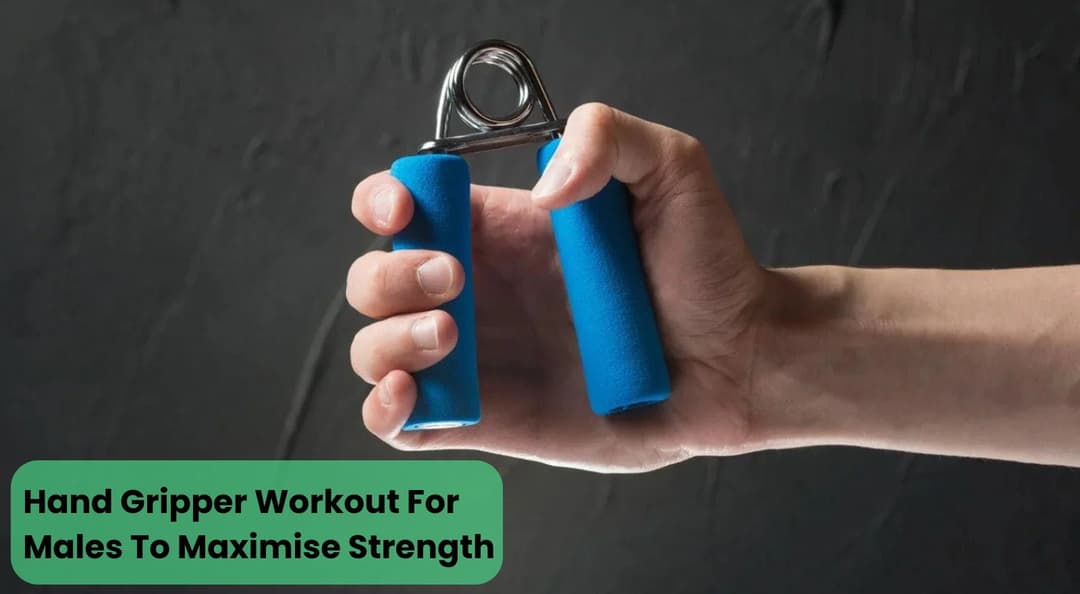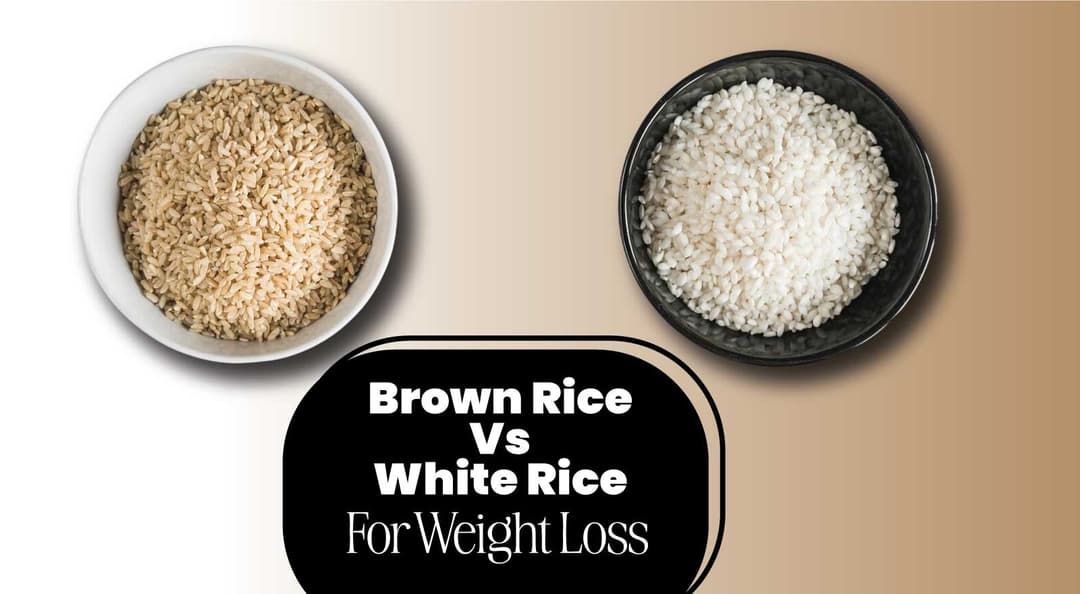Are you struggling with stiffness, low energy, or winter lethargy as the cold weather sets in? Winter often brings issues like reduced physical activity, sluggish digestion, and increased stress, leaving many searching for effective ways to stay warm, flexible, and energised. Yoga for winter offers a holistic solution by combining gentle stretches, strength-building postures, and mindful breathing techniques to counter the physical and mental toll of the season. From energising sequences like Utkatasana (Chair Pose) to restorative poses like Balasana (Child’s Pose), each asana comes with unique benefits to keep your body active and your mind balanced.
But what are the best poses of yoga for winter season? This blog introduces 10 yoga poses specifically for winter, addressing common concerns like joint stiffness, poor circulation, and the need for warmth. Also, learn how these poses can transform your winter wellness routine, keeping you healthy resilient. So, let’s get started!
Table Of Contents
1. Which Yoga Is Best For The Winter Season? 10 Yoga For Winter
2. Is It Good To Do Yoga In Winter? Benefits
3. The Final Say
4. FAQs
5. References
Which Yoga Is Best For The Winter Season? 10 Yoga For Winter

Let’s explore these steps to perform each yoga for the winter season, ensuring maximum targeted benefits to stay active and warm:
1. Vajrasana (Thunderbolt Pose)
Vajrasana enhances digestion, which often becomes sluggish in winter due to reduced physical activity. Improving blood circulation to the abdominal area aids in nutrient absorption and boosts the immune system. This yoga for digestive health also calms the mind and promotes relaxation, counteracting seasonal stress and anxiety. It can reduce indigestion, bloating, and acid reflux, joint in colder months.
Steps To Perform This Yoga For Winter:
1. Kneel on a soft surface or yoga mat with your knees close together.
2. Sit back on your heels so that your thighs rest on your calves.
3. Ensure your toes are touching and your heels are slightly apart to create a base for your hips.
4. Place your palms gently on your thighs with your fingers relaxed.
5. Keep your back straight, shoulders relaxed, and chin parallel to the floor.
6. Close your eyes and focus on deep, rhythmic breathing, allowing your body to settle into the pose.
7. Hold the pose for 5-10 minutes, extending the duration as you build comfort and focus.
2. Adho Mukha Svanasana (Downward-Facing Dog)
This full-body stretch improves circulation and warms up cold muscles and joints, making it the best pose for winter. It stretches the spine, hamstrings, and calves, reducing stiffness caused by low temperatures. This yoga poses for flexibility and supports the immune system by stimulating lymphatic drainage and relieving sinus pressure in cold weather.
Steps To Perform This Yoga For Winter:
1. Start in a tabletop position, with your wrists aligned under your knees and under your hips.
2. Spread your fingers wide, pressing firmly into your palms to distribute weight evenly.
3. Curl your toes under and slowly lift your hips toward the ceiling, extending your legs to form an inverted "V" shape.
4. Keep your feet hip-width apart and your heels reaching toward the floor, though they don’t need to touch.
5. Relax your head and neck, gazing at your thighs or navel.
6. Maintain even breathing, pressing your chest gently toward your thighs to deepen the stretch.
7. Hold for 5-10 breaths, then return to the tabletop position.
Try ToneOp Fit's comprehensive Diet+Fitness Weight Loss Plan, which offers the best of both worlds: delicious, easy-to-follow recipes and engaging live workout sessions. You'll achieve your goals and feel your best with personalised guidance from a dedicated fitness coach. Enjoy the convenience of home workouts, a vast library of pre-recorded videos, and 24/7 support.
3. Balasana (Child's Pose)
Balasana offers a gentle stretch for the hips, thighs, and lower back, which often become stiff in cold weather. This yoga for stress management promotes relaxation by calming the nerve cells and lowering stress, helping you manage winter blues. This restorative pose also aids in better sleep by grounding the body and mind.
Steps To Perform This Yoga For Winter:
1. Kneel on the surface with your big toes touching and knees slightly apart.
2. Sit back properly on your heels and extend your arms, lowering your torso over your thighs.
3. Place your forehead gently on the floor, allowing your neck and shoulders to relax.
4. Stretch your arms forward with palms facing down or alongside your body, depending on comfort.
5. Take slow, deep breaths, focusing on releasing tension in your hips and back.
6. Hold for 1-3 minutes, gradually extending the duration for deeper relaxation.
For personalised workout routines that can complement your caffeine metabolism, consider ToneOp Fit's Home Workout Plan. Choose from bodyweight exercises, HIIT workouts for a quick sweat session, or targeted strength training to build muscle and accelerate your metabolism.
4. Virabhadrasana II (Warrior II Pose)
Warrior II generates warmth by engaging the large muscle groups of the legs, core, and arms. It builds strength, stamina, and balance, countering the lethargy and inactivity often experienced in winter. This pose enhances circulation and flexibility, keeping the body active and reducing stiffness.
Steps To Perform This Yoga For Winter:
1. Stand in a wide-legged stance with your feet about 3-4 feet apart.
2. Turn your right foot outward at an exact 90-degree angle and your left foot slightly inward.
3. Align your right heel with the arch of your left foot.
4. Raise your arms parallel to the surface, palms facing down.
5. Bend your right knee so it aligns directly over your ankle, keeping your left leg straight.
6. Gaze over your right hand, ensuring your shoulders are relaxed plus your spine is straight.
7. Hold the pose for nearly 30 seconds to 1 minute, then switch sides.
To help your bones stay strong, you can take Bone 360 Tablets by ToneOp Care, which have a mix of nutrients like calcium, magnesium, vitamin D, zinc, and alfalfa. These nutrients strengthens your bones and muscles, reduce joint pain, and improve bone density and flexibility.
5. Utkatasana (Chair Pose)
Utkatasana activates the thigh, hip, and glute muscles, generating heat and improving circulation. These best yoga positions for beginners enhance endurance and strengthen the lower body, combating the lack of activity expected in winter. The pose also stimulates the digestive and circulatory systems, keeping you energised and warm. It promotes balance and alignment, helping to counter poor posture.
Steps To Perform This Yoga For Winter:
1. Stand straight with your feet together and arms at your sides.
2. Inhale and lift your arms overhead, keeping your palms facing inward.
3. Exhale as you properly bend your knees and lower your hips like sitting in an imaginary chair.
4. Ensure your knees do not extend past your toes, and keep your weight on your heels.
5. Keep your back straight and chest lifted, with your gaze forward.
6. Hold the pose for nearly 30-60 seconds, breathing evenly, then return to standing.
6. Parsvottanasana (Intense Side Stretch Pose)
Parsvottanasana stretches the hamstrings, spine, shoulders, and hips, reducing stiffness often experienced in cold weather. The pose improves balance and posture while promoting better blood circulation. It also helps detoxify the system by gently stimulating abdominal organs, aiding digestion during winter.
Steps To Perform This Yoga For Winter:
1. Begin standing, stepping your right foot forward and left foot back about 3-4 feet apart.
2. Turn your left foot slightly inward while keeping your right foot facing forward.
3. Align your hips so they face the same direction as your right foot.
4. Bring your hands behind your back, interlocking your fingers, or place them in a reverse prayer.
5. Inhale deeply, lengthen your spine and exhale as you fold over your right leg.
6. Keep your back flat and your head aligned with your spine.
7. Hold the pose for 20-30 seconds, focusing on your breath.
8. Slowly return to a standing position and repeat on the other side.
7. Anjaneyasana (Low Lunge)
Anjaneyasana opens the hips and stretches the thighs, groin, and hip flexors, which often become tight during winter due to reduced activity. This pose improves spinal flexibility and strengthens the lower body. It promotes blood circulation, helping to keep the body warm, and stimulates the digestive organs, aiding metabolism during colder months.
Steps To Perform This Yoga For Winter:
1. Begin in a tabletop position, then move your right foot between your hands.
2. Lower your left knee properly to the surface, keeping your right knee aligned above your ankle.
3. Place your hands on your right thigh or raise them overhead with palms facing each other.
4. Sink your hips forward, feeling a stretch in your left hip flexor and thigh.
5. Keep your chest lifted and gaze upward for a deeper stretch.
6. Hold for 20-30 seconds, breathing deeply, then switch sides.
8. Supta Matsyendrasana (Supine Spinal Twist)
This gentle spinal twist enhances spinal mobility and reduces stiffness, making it ideal for winter mornings or evenings. It supports detoxification by stimulating the abdominal organs and improves digestion. The pose also relaxes the nervous system, reducing winter stress and promoting better sleep.
Steps To Perform This Yoga For Winter:
1. Lay straight on your back with your legs extended.
2. Bend your right knee and slowly draw it toward your chest.
3. Cross your right knee over your body to the left, twisting your torso.
4. Extend your arms at shoulder level, forming a "T" shape, with your gaze turned to the right.
5. Keep your shoulders grounded and allow gravity to deepen the twist.
6. Hold for 1-2 minutes, then return to the centre and repeat on the other side.
9. Marjaryasana-Bitilasana (Cat-Cow Stretch)
The yoga for neck and shoulder pain improves spinal flexibility and warms up the back and neck, which can become tight in colder weather. It enhances blood flow to the spine and internal organs, reducing stiffness and promoting relaxation.
Steps To Perform This Yoga For Winter:
1. Start in a proper tabletop position, with wrists under shoulders and knees under hips.
2. Inhale as you drop your belly toward the surface, lifting your head and tailbone upward (Cow Pose).
3. Exhale properly as you round your back, tucking your chin in your chest and drawing your belly button inward (Cat Pose).
4. Move slowly and mindfully, syncing the movements with your breath.
5. Repeat the cycle for 8-10 breaths, feeling the stretch and warmth in your spine.
10. Paschimottanasana (Seated Forward Bend)
Paschimottanasana stretches the spine, hamstrings, and lower back, reducing stiffness accumulating in cold weather. The pose stimulates blood flow and digestion, which can slow down in winter. It calms the mind and promotes relaxation, making it an effective way to combat winter stress and enhance focus.
Steps To Perform This Yoga For Winter:
1. Sit on the surface with your legs extended straight in front of you.
2. Flex your feet and keep your back straight as you inhale and reach your arms overhead.
3. Exhale and fold from your hips, reaching for your toes, ankles, or shins.
4. Keep your spine long and avoid rounding your back.
5. Rest your forehead on your legs or use a yoga strap for support.
6. Hold the pose for 20-30 seconds, focusing on deep, even breathing.
Experience effortless weight management with ACV Effervescent Tablets. These delicious green apple-flavoured tablets combine the power of unrefined apple cider vinegar, garcinia cambogia, and pomegranate to help curb hunger cravings and boost your metabolism. Enjoy a convenient way to support your weight loss goals.
Also Read: 15 Power Yoga for Weight Loss With Insights & Tips
Is It Good To Do Yoga In Winter? 7 Benefits
Consider these benefits of yoga for the winter season with the best asanas for each target:
Benefit | Best Yoga for Winter | Why It's Good for Winter |
Warming Effect | Sun Salutations, Kapalabhati Pranayama | Dynamic flows like Sun Salutations warm the body through movement. Kapalabhati, a powerful breathing technique, generates internal heat. |
Immune System Boost | Shoulder Stand, Fish Pose | Inversions like Shoulder Stand stimulate the thyroid gland, boosting metabolism and immunity. Fish Pose opens the chest, improving lung function. |
Energy Enhancement | Warrior Pose, Boat Pose | These poses strengthen the core and legs, increasing energy levels. They also improve circulation, delivering oxygen and nutrients to the body. |
Improved Sleep | Child's Pose, Corpse Pose | Gentle, restorative poses like Child's Pose soothe the nervous system. Corpse Pose, a deep relaxation technique, promotes restful sleep. |
Mental Balance | Meditation, Pranayama | Meditation calms the mind and reduces stress. Pranayama techniques like alternate nostril breathing balance the nervous system. |
Heart Opening | Cobra Pose, Camel Pose | Backbends like Cobra and Camel Pose open the chest and heart chakra, promoting emotional well-being. |
Grounding Effect | Tree Pose, Mountain Pose | These grounding poses connect you to the earth, stabilising your energy and reducing anxiety. |
Also Read: 6 Best Simple And Effective Yoga For Neck Pain Relief
The Final Say
Ultimately, yoga for winter offers a holistic approach to staying active and healthy by warming your body, boosting immunity, improving flexibility, and calming your mind. Remember to practice regularly and seek guidance from a qualified yoga instructor. Embrace the transformative power of yoga and let it illuminate your winter days.
FAQs
1. How do you start yoga for the winter season as a beginner?
For the winter season, it's best to begin with gentle, restorative poses like Child's Pose and Corpse Pose. These poses help relax the body and mind. Slowly, you can try dynamic poses like Sun Salutations to warm up your body. Remember to avoid pushing yourself too hard. It's also advisable to practice under a qualified yoga instructor.
2. What are the best winter-season yoga poses for kids?
Kids love fun and playful activities, and yoga can be a great way to keep them active during the winter. Animal-themed poses like Cat-Cow Pose, Cobra Pose, and Downward Dog Pose are perfect for engaging young minds. These poses improve flexibility, strength, and balance.
3. What are the cold weather yoga tips to consider?
To make the most of your winter yoga practice, consider these tips:
- Start with gentle yoga movements and deep breathing to prepare your body.
- Wear a comfortable fit that you can easily remove or add as needed.
- A warm, well-ventilated room is ideal for winter yoga.
- Drink plenty of water, even though you may not feel thirsty.
- Avoid pushing yourself too hard, especially if you're feeling unwell.
4. What is the known state of yoga for the winter season in India?
India, the birthplace of yoga, offers numerous opportunities to practice yoga during winter. Rishikesh, often called the Yoga Capital of the World, is particularly popular in winter. The pleasant weather and serene environment make it an ideal area to deepen your yoga practice.
References
- https://www.artofliving.org/in-en/yoga/yoga-sequences-for/yoga-for-winter-to-tone-and-energise
- https://artoflivingretreatcenter.org/blog/a-guide-for-practicing-yoga-in-winter/
- https://www.overlakehospital.org/blog/chill-out-9-great-reasons-start-yoga-winter-months
- https://www.fortishealthcare.com/blogs/why-yoga-important-winter
About ToneOp Fit
ToneOp Fit is a platform dedicated to improving and maintaining good health through a comprehensive range of goal-oriented health plans with up to 3 Coach support. With a range of Weight Management, Medical Condition, Detox Plans, and Face Yoga Plans, the app also provides premium health trackers, recipes and health content. Get customised diet, fitness, naturopathy & yoga plans and transform yourself with ToneOp.








































